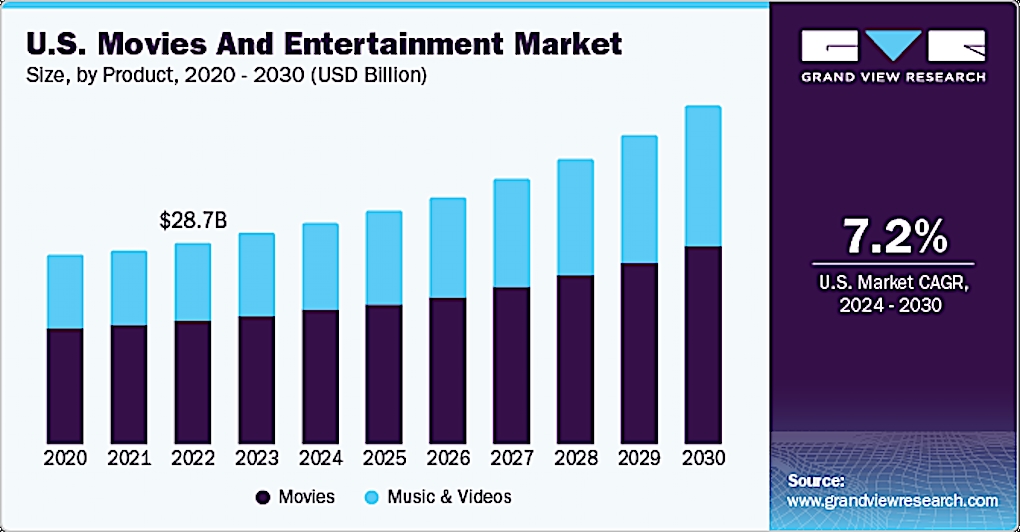This time in 2023, WGA members were in their third month of striking, with another month to go before a new three-year Minimum Basic Agreement (MBA) deal would FINALLY be ratified for screenwriters. One year on, and things have flattened out for film and television writers. That means they’re not getting significantly worse. Many have struggled to find any or meaningful work since the strike. This isn’t restricted to lower level writers and assistants, but even to showrunners. Fewer films and TV shows are being made until the new normal is established.
The Great Strike exacerbated many fissures and cracks in the business at large. There are too many streamers competing for subscriptions and heavily relying on their parent studios for content. Most operated at a substantial loss with one notable exception, Netflix. There has been some merging and shuttering.
Stay Alive ‘Til ’25
The current uneasy mantra for screenwriters is “Stay alive until twenty-five.” So, over a year and a half of disrupted income and fewer staffing opportunities and lower incomes.
It’s unclear whether many of the writing jobs lost will return, or if screenwriting will be a viable career option. The jury is still out and many industry insiders are reluctant to hazard a guess on short and long term trends regarding conditions for screenwriters. Nobody knows for sure what twenty five will bring. Or in which quarter.
The entire entertainment space is changing and film and TV are competing with gaming, experiential events, music and theater for audiences. It’s not all doom and gloom. Tentpole films are making a comeback and specialty cinema is attracting eyeballs.
We do know that the era of peak TV has come to a relative close and film is making a comeback. According to Luminate, Film and TV Variety Intelligence Platform Analysis, scripted television original content fell from 2024 shows in 2022 to 1621 in 2023, a drop of 20%. These levels are in the vicinity of 1597 shows produced in 2019. People are still watching television and writers still need to write them despite the persistent threat of AI. The most prolific streamers respectively in 2023 were: Netflix (343 originals), Prime Video, Hulu, HBO Max, Paramount +, Disney + and Peacock (29 originals). Pilot orders have dropped from 45 in 2020 to 7 in 2023.
According to Statista, film production in North America (US & Canada) dropped from a peak of in 2018 to 333 in 2020 when the pandemic struck. There has been an upward trajectory since, to 504 films in 2023, and rising. In 2024 thus far, two movies Deadpool & Wolverine and Inside Out 2 have crossed the billion dollar mark at the box office. Last year, the honor went to Barbie which was a cultural phenomenon.
The number of scripts sold for six or seven figures in the eighties and nineties has drastically fallen over the past several decades as studios, once flush with cash tighten their belts. TV writers’ rooms have also shrunk in size and duration as budgets are trimmed.
The IP or not to IP rages on. Major studios are still hedging their bets with proven entities with presumably built in audiences. This trend is not abating any time soon. Smaller distributors like A24 and NEON are punching well above their weight with original titles like Civil War and Longlegs, respectively.
The reality is that screenwriting, like all art forms, is a risky career proposition. Most writers are on fixed term contracts or freelancing. Apart from some peak times, the pressure to hustle for your next writing gig has been a feature of a screenwriting career. The gaps between well-paid contracts are increasing.
In conclusion, things aren’t looking decidedly grim nor are they glowing. The proportion of writers paid at least the MBA level has increased according to the WGA. Contractual gains have outpaced previous gains, but impacted by recent inflation. On average, TV writers have higher incomes than film writers. Employment is still trending downwards since 2020. Time will tell what a screenwriting career will look like in the future.
